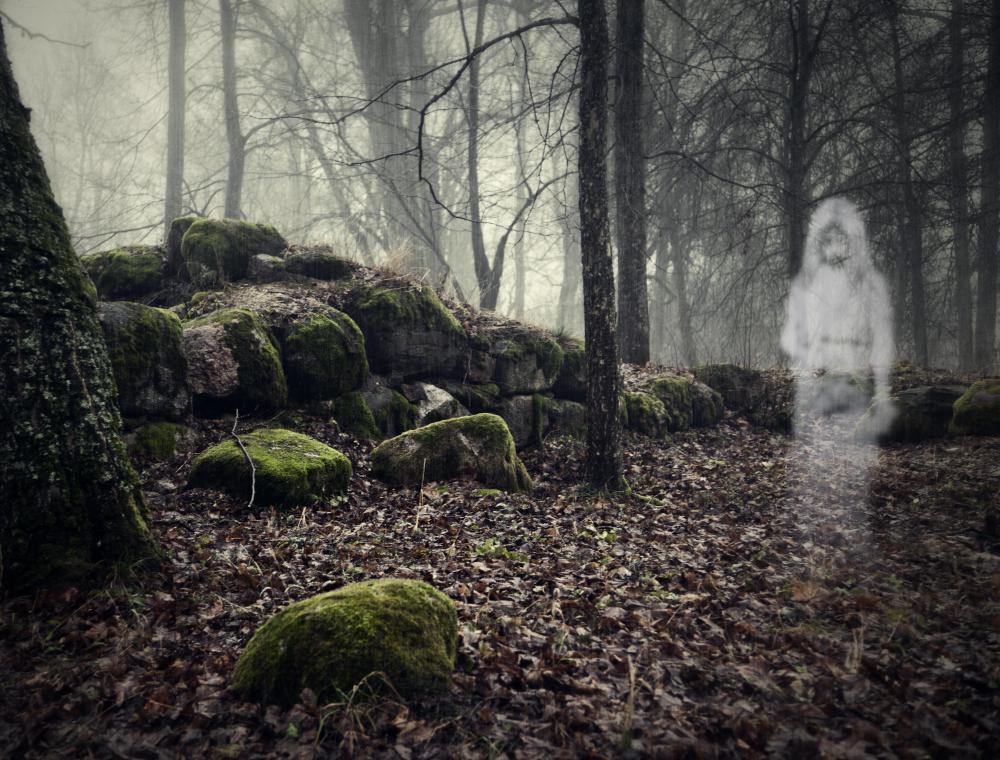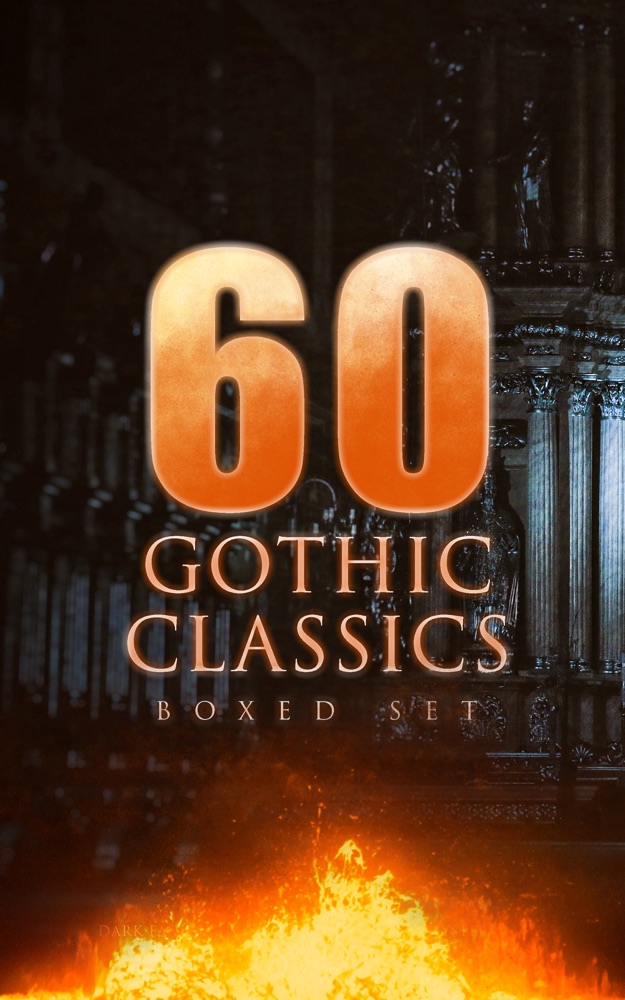

The resulting Gothic Literature, typified by the eerie and suggestive supernatural, experienced its heyday from 1764 to 1816. The formerly pejorative term’s application to the post-medieval architecture characterised by the pointed arch and flying buttress was initially intended to comment on its stylistic barbarity rather than its creative source, but nonetheless, the British revival of its castles and cathedrals in the seventeenth-century served as a source of inspiration for authors such as Horace Walpole, Clara Reeve, and Anne Radcliffe. The term itself has come to be associated with dark nights, eerie winds, deserted castles, and romantic horrors, but once upon a time it signified membership in an Eastern Germanic tribe of medieval Europe, a large portion of which originated in Scandinavia. In fact, the way it straddles and ties together the subconscious and supernatural helps to give the poem much of its power, depicting someone forced to confront the uncertainty, unknowability, and despair of losing a loved one, and having to face the profound and unanswerable question of death.According to Janles Hogg’s ‘Romantic Reassessment of the Gothic Novel’ (1986), there are three essential components of the Gothic aesthetic: horror, suspense and shock (Hogg 4).

Ultimately, the poem does not take sides on whether its events should be interpreted as either entirely supernatural or entirely a result of the subconscious. The Raven and its repeated message of “nevermore” may be a supernatural visitation, or an expression of the narrator’s loss and doubts, a nightmare from which the narrator can never fully awaken. Perhaps the Raven truly has arrived, but the narrator’s exhaustion leaves open the possibility that he has actually fallen more deeply asleep, and that the knock he hears signals the beginning of his entrance into a dream state. He then describes himself as having been roused by a mysterious tapping at his door and senses the presence of his dead love Lenore, followed by the arrival of the Raven through the window. “The Raven,” by leaving unresolved the question of whether the Raven is the genuine presence of a supernatural force or a figment of the tortured narrator’s imagination, fits squarely into this tradition.Īt the start of the poem, the narrator is reading his books in a failed attempt to distract himself from his grief at the death of his beloved Lenore, and is drowsing off. Gothic works - Frankenstein, Jane Eyre, and Wuthering Heights, to name a few - tend to make ambiguous whether the supernatural events they describe are actually happening, or if these events are a product of their characters’ subconscious.

The Raven itself, a seemingly demonic, talking bird that arrives at midnight, is the poem’s most prominent example of the supernatural. (“Gothic” refers to the architectural style of the residences in which these novels are set.) “The Raven” contains many elements that point to the narrative’s Gothic nature: a lonely character in a state of deep emotion, the cold and dark of a midnight in December. Their characters are often highly emotional and secluded from society, living in dark, gloomy, medieval-like homes surrounded by wild natural landscapes. Hallmarks of Gothic works include horror, death, the supernatural, and occasionally romance. “The Raven” is an example of Gothic literature, a genre that originated in 18th century England.


 0 kommentar(er)
0 kommentar(er)
